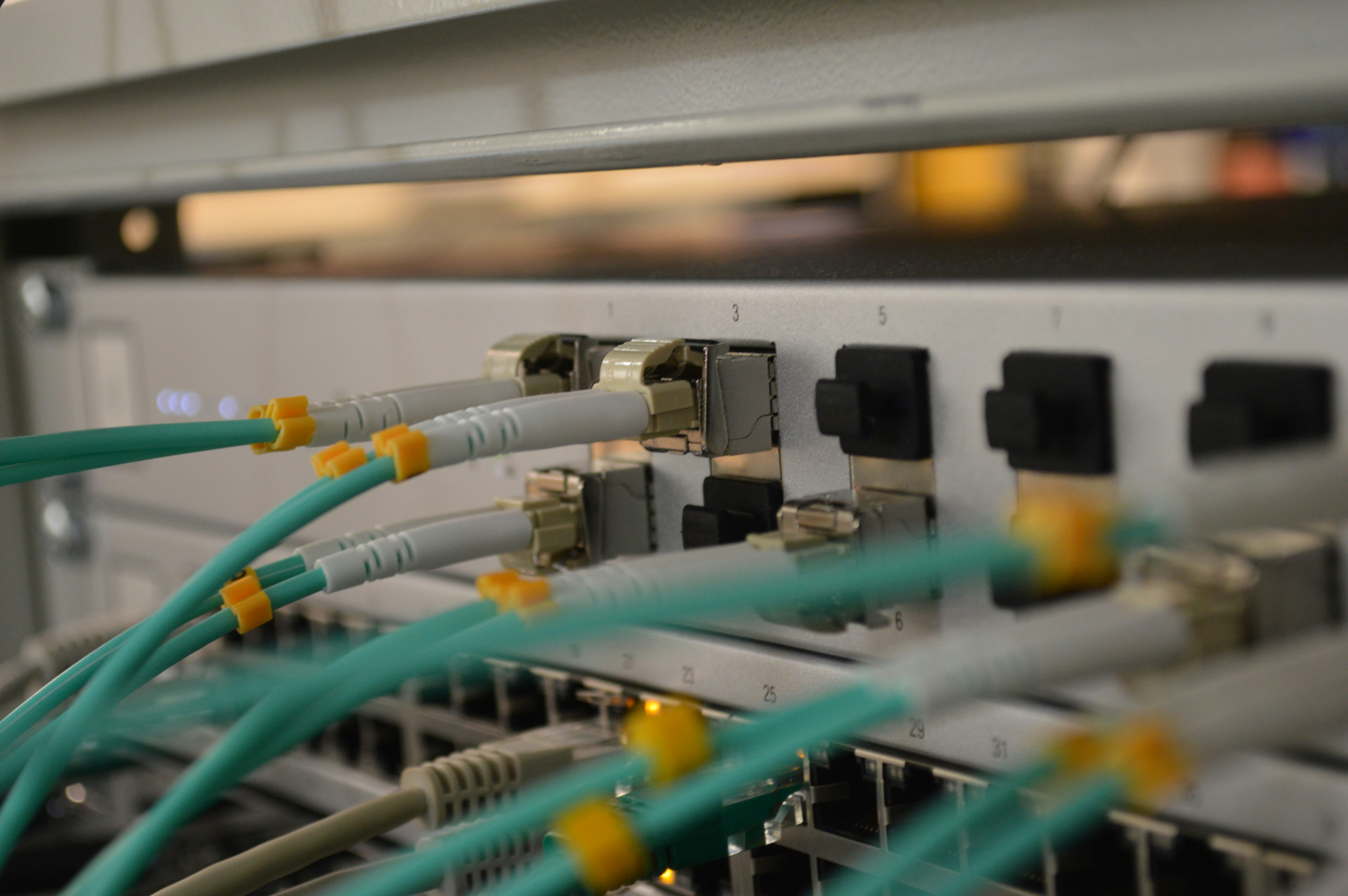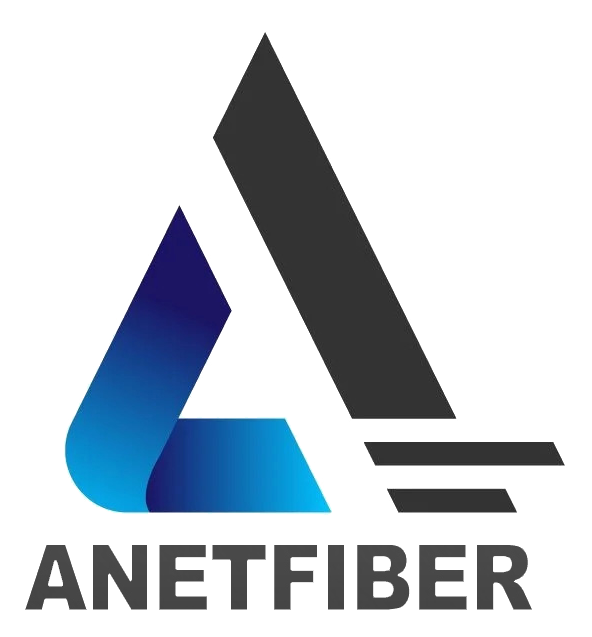The Essential Components of Fiber Optic Communication Systems Explained

Understanding Fiber Optic Communication Systems
Fiber optic technology forms the backbone of modern communication systems. Its ability to transmit data through light signals has revolutionized the way information is shared and exchanged. To grasp the significance of fiber optic communication systems, it's essential to delve into the basics of this transformative technology.
The Basics of Fiber Optic Technology
How Light Signals Carry Data
In fiber optic communication, data is transmitted in the form of light pulses. These pulses travel through fiber optic cables, which are made of glass or plastic fibers. The process begins with an optical transmitter converting electrical signals into light pulses. These pulses then travel through the fiber optic cables, carrying vast amounts of data at incredible speeds.
The Importance of Fiber Optic in Modern Communication
The use of fiber optic technology has become increasingly vital in modern communication networks. Its unparalleled ability to transmit data over long distances with minimal signal loss makes it indispensable for various applications, including internet connectivity, telecommunication, and cable television.
Overview of a Fiber Optic Communication System
From Transmitter to Receiver: A Journey of Light
In a fiber optic communication system, the journey of data starts at the optical transmitter. Here, electrical signals are converted into light pulses before being transmitted through the fiber optic cables. These light pulses then travel great distances without losing their integrity until they reach their destination.
The Role of Optical Fibers in Data Transmission
Optical fibers play a crucial role in ensuring efficient and secure data transmission within fiber optic communication systems. Their ability to carry light signals over long distances while maintaining signal quality makes them indispensable components in modern communication infrastructure.
By understanding these fundamental aspects of fiber optic technology and its role in communication systems, one can gain valuable insights into the inner workings and significance of this revolutionary mode of data transmission.
Key Components of Fiber Optic Networks
Fiber optic networks consist of several key components that work together to ensure the efficient transmission of data. Understanding these components is essential to grasp the intricate nature of fiber optic communication systems.
Optical Transmitters and Receivers
Turning Electrical Signals into Light
Fiber optic networks rely on optical transmitters to convert electrical signals into light pulses for transmission through the fiber optic cables. This process involves the modulation of electrical signals to encode data onto light waves, which can then travel long distances without significant degradation.
Receiving Light Signals and Converting Back to Electrical
On the receiving end, optical receivers play a critical role in capturing incoming light signals and converting them back into electrical signals. This conversion process ensures that the transmitted data is accurately received and ready for further processing within the network.
Fiber Optic Cables and Connectors
The Lifelines of the Network
Fiber optic cables serve as the lifelines of the network, carrying light signals over vast distances with minimal signal loss. These cables are designed to provide protection for delicate fiber optic strands while facilitating the seamless transmission of data across various network segments.
Ensuring Secure and Efficient Connections
Connectors play a crucial role in ensuring secure and efficient connections within fiber optic networks. They enable the seamless joining of fiber optic cables, allowing for continuous data transmission without compromising signal integrity.
Fiber Optic Splitters and Couplers
Dividing and Combining Light Signals
Fiber optic splitters are instrumental in dividing incoming light signals into multiple output channels, enabling the distribution of data to different network paths. Conversely, couplers facilitate the combining of light signals from multiple input channels into a single output channel, streamlining data aggregation within the network infrastructure.
Applications in Network Design
The deployment of fiber optic splitters and couplers plays a pivotal role in network design by enabling efficient utilization of available bandwidth and optimizing data distribution across diverse network architectures.
By understanding these fundamental components, one can appreciate the intricate interplay between optical transmitters, receivers, cables, connectors, splitters, and couplers within fiber optic networks. Each component contributes uniquely to ensuring robust data transmission capabilities essential for modern communication systems.
The Role of Fiber Optic Communication Protocols
Fiber optic communication protocols, such as GPON and EPON, play a pivotal role in shaping the efficiency and functionality of modern communication systems. These protocols serve as the underlying framework that governs the transmission of data across fiber optic networks, enabling seamless connectivity and high-speed data transfer.
Understanding GPON and EPON
The Backbone of High-Speed Internet
Fiber optic communication protocols, exemplified by GPON (Gigabit Passive Optical Network) and EPON (Ethernet Passive Optical Network), form the backbone of high-speed internet connectivity. GPON, known for its efficient bandwidth utilization and robust security features, has gained widespread adoption in residential and business environments. On the other hand, EPON is celebrated for its simplicity and compatibility with existing Ethernet-based systems, making it a preferred choice for many network deployments.
Comparing GPON and EPON
When comparing GPON and EPON, it's essential to consider their unique characteristics and applications within fiber optic networks. While both protocols support high-speed data transmission over optical fibers, GPON excels in delivering higher bandwidth efficiency, making it suitable for demanding applications such as video streaming and cloud services. Conversely, EPON's straightforward architecture makes it an ideal choice for cost-effective deployments without compromising performance.
The Significance of Protocols in Network Efficiency
Ensuring Smooth Communication
Fiber optic communication protocols are instrumental in ensuring smooth and reliable communication within fiber optic networks. By defining standardized methods for data encapsulation, error correction, and traffic management, these protocols minimize latency and packet loss while optimizing network performance. This level of efficiency is crucial in meeting the ever-increasing demands for seamless connectivity in today's digital landscape.
The Future of Fiber Optic Protocols
As technology continues to evolve, so do fiber optic communication protocols. The future holds promising advancements in protocol standards aimed at further enhancing network efficiency, scalability, and security. Emerging technologies such as 10G-PON (10 Gigabit-capable PON) are poised to revolutionize data transmission speeds over fiber optics, paving the way for next-generation networks capable of supporting bandwidth-intensive applications with unparalleled reliability.
Advanced Equipment in Fiber Optic Networks
As fiber optic networks continue to evolve, advanced equipment plays a pivotal role in ensuring seamless data transmission and network functionality. From the optical line terminal (OLT) to fiber optic wavelength converters, each component contributes uniquely to the robustness and efficiency of modern communication systems.
Optical Line Terminal (OLT) and Optical Network Unit (ONU) Equipment
The Start and End Points of Fiber Networks
The Optical Line Terminal (OLT) serves as the central point of aggregation in a fiber optic network, where data from various sources is consolidated before being transmitted across the network. It acts as the gateway for upstream and downstream data traffic, playing a critical role in managing network resources and ensuring efficient data distribution.
On the other end of the spectrum, the Optical Network Unit (ONU) equipment resides at the customer's premises, serving as the endpoint for data reception and transmission. It facilitates the seamless integration of customer premises with the broader fiber optic network infrastructure, enabling high-speed connectivity and reliable data transfer.
Their Critical Roles in Data Distribution
The OLT and ONU equipment form the backbone of fiber optic networks, collectively enabling end-to-end data distribution. The OLT optimizes data traffic from multiple sources, while ONU equipment ensures that transmitted data reaches its intended destination with minimal latency and signal loss. This collaborative effort between OLTs and ONUs is essential for maintaining robust connectivity within fiber optic communication systems.
Fiber Optic Wavelength and Media Converters
Adapting Signals for Different Network Needs
Fiber optic wavelength converters play a crucial role in adapting signals to meet diverse network requirements. By converting signals between different wavelengths, these converters enable seamless integration of various network segments while optimizing signal compatibility across the entire fiber optic infrastructure.
Similarly, fiber optic media converters facilitate interoperability between different types of media interfaces within fiber optic networks. They play a vital role in bridging connections between copper-based Ethernet systems and fiber optics, ensuring smooth data transmission across heterogeneous network environments.
Enhancing Compatibility and Performance
The deployment of fiber optic wavelength converters and media converters enhances overall system compatibility by allowing disparate components to communicate effectively. This compatibility extends to both legacy systems and modern communication systems, providing a bridge for transitioning towards more advanced fiber optic technologies without disrupting existing infrastructure.
Fiber Optic Multiplexers and Switches
Maximizing the Capacity of Fiber Networks
Fiber optic multiplexers (MUX/DEMUX) are instrumental in maximizing the capacity of fiber networks by combining multiple signals onto a single optical fiber or splitting signals into separate channels for transmission. This process enables efficient utilization of available bandwidth while minimizing signal interference within complex network architectures.
In addition to multiplexers, switches play a critical role in routing data within fiber optic networks. These devices facilitate intelligent packet forwarding based on destination addresses, optimizing data flow across interconnected network nodes while ensuring efficient resource allocation.
The Evolution of Network Infrastructure
The integration of advanced switching capabilities within fiber optic networks marks a significant evolution in network infrastructure design. By incorporating intelligent routing mechanisms, these switches contribute to enhanced scalability, reduced latency, and improved overall performance—key attributes that are essential for supporting modern communication demands.
By understanding these advanced components within fiber optic networks—such as OLTs, ONUs, wavelength converters, media converters, multiplexers, and switches—one can gain valuable insights into their collective impact on shaping robust communication infrastructures capable of meeting diverse connectivity needs.
Future Trends in Fiber Optic Communication
As technology continues to advance, the future of fiber optic communication holds promising innovations that extend beyond traditional data transmission. These advancements are poised to redefine the landscape of communication systems and pave the way for unprecedented capabilities.
Innovations in Fiber Optic Technology
The evolution of fiber optic technology is propelling it beyond its current applications, opening doors to innovative functionalities and enhanced performance. One notable innovation lies in the exploration of quantum communication, a revolutionary approach that harnesses quantum mechanics to transmit information securely and with unparalleled precision.
Beyond Traditional Data Transmission
The future of fiber optic technology transcends conventional data transmission by embracing quantum principles. Quantum communication leverages the unique properties of quantum entanglement and superposition to encode and transmit data, offering inherent security against eavesdropping and tampering. This paradigm shift has the potential to redefine the security and reliability standards of modern communication networks.
The Potential of Quantum Communication
Quantum communication not only promises heightened security but also introduces the concept of quantum key distribution (QKD), enabling the creation of unbreakable encryption keys. By leveraging quantum entanglement, QKD ensures that any attempt to intercept or measure transmitted data alters its quantum state, alerting both sender and receiver to potential security breaches. This level of cryptographic resilience positions quantum communication as a cornerstone for safeguarding sensitive information across diverse communication systems.
The Impact of Emerging Standards and Protocols
In parallel with technological innovations, emerging standards and protocols are shaping the trajectory of future fiber optic communication networks. These developments are instrumental in preparing for the next generation of networks characterized by enhanced speed, efficiency, and scalability.
Preparing for the Next Generation of Networks
The emergence of advanced standards such as 400G Ethernet represents a pivotal step towards accommodating escalating bandwidth demands within communication systems. This standardization facilitates seamless migration towards higher data rates while ensuring backward compatibility with existing network infrastructures. As a result, organizations can future-proof their networks against evolving connectivity requirements without undergoing extensive overhauls.
The Role of SFP, SFP+, and QSFP in Future Networks
Small Form-factor Pluggable (SFP), Enhanced Small Form-factor Pluggable (SFP+), and Quad Small Form-factor Pluggable (QSFP) modules are poised to play integral roles in future fiber optic networks. These compact yet powerful transceivers offer versatile connectivity options across various network architectures while supporting high-speed data transmission over optical fibers.
By embracing these advanced modules, organizations can seamlessly adapt their network infrastructures to meet growing bandwidth demands without compromising on space or power efficiency. The agility afforded by SFP, SFP+, and QSFP modules positions them as indispensable components in building resilient and adaptable communication systems capable of meeting diverse connectivity needs.


